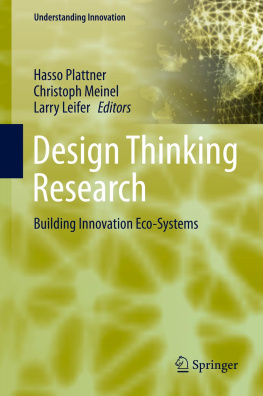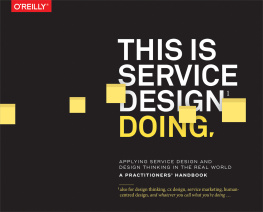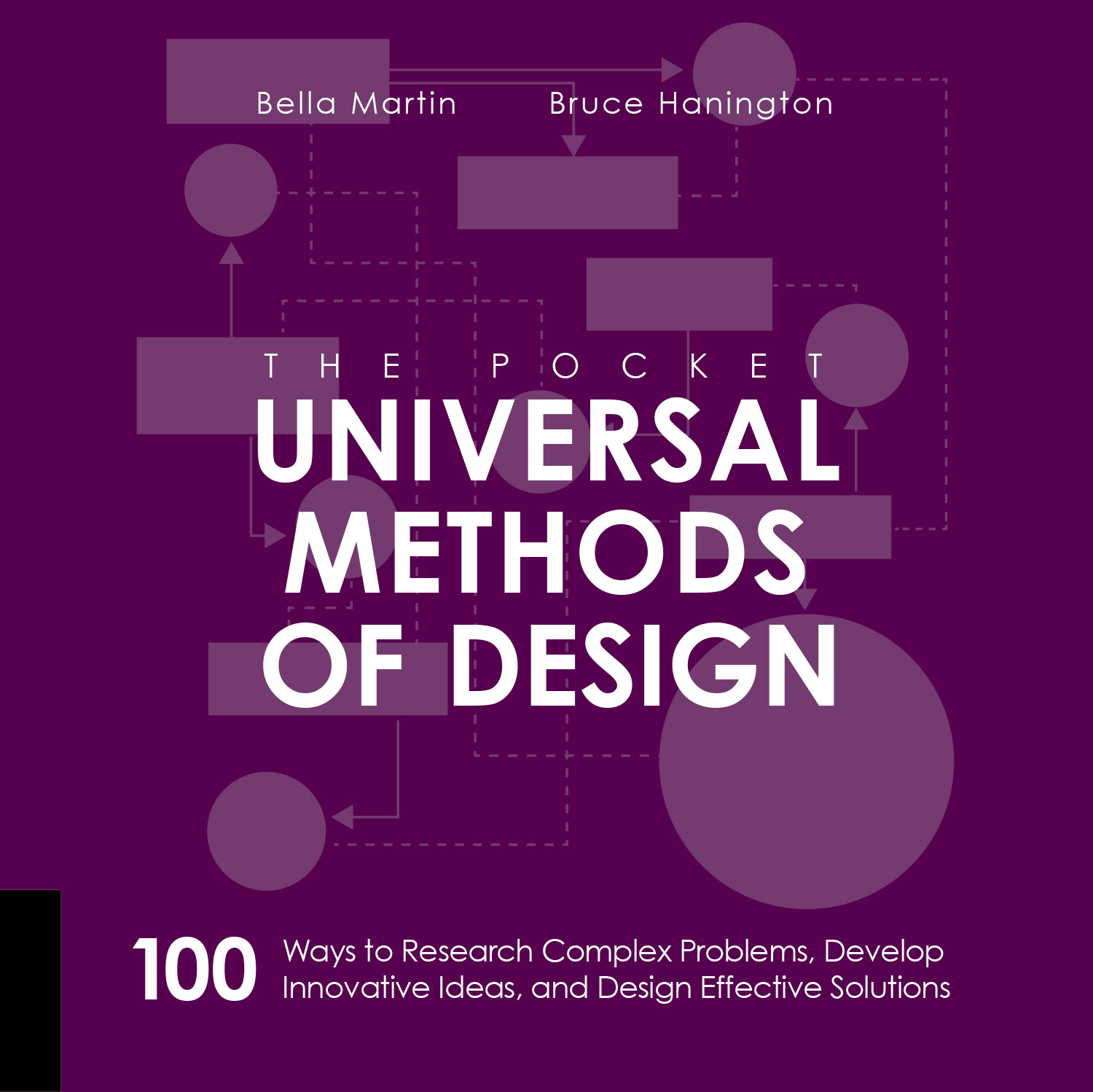Hanington Bruce M. - The pocket universal methods of design: 100 ways to research complex problems, develop innovative ideas and design effective solutions
Here you can read online Hanington Bruce M. - The pocket universal methods of design: 100 ways to research complex problems, develop innovative ideas and design effective solutions full text of the book (entire story) in english for free. Download pdf and epub, get meaning, cover and reviews about this ebook. City: Beverly;MA, year: 2018, publisher: Rockport Publishers, genre: Home and family. Description of the work, (preface) as well as reviews are available. Best literature library LitArk.com created for fans of good reading and offers a wide selection of genres:
Romance novel
Science fiction
Adventure
Detective
Science
History
Home and family
Prose
Art
Politics
Computer
Non-fiction
Religion
Business
Children
Humor
Choose a favorite category and find really read worthwhile books. Enjoy immersion in the world of imagination, feel the emotions of the characters or learn something new for yourself, make an fascinating discovery.

- Book:The pocket universal methods of design: 100 ways to research complex problems, develop innovative ideas and design effective solutions
- Author:
- Publisher:Rockport Publishers
- Genre:
- Year:2018
- City:Beverly;MA
- Rating:3 / 5
- Favourites:Add to favourites
- Your mark:
The pocket universal methods of design: 100 ways to research complex problems, develop innovative ideas and design effective solutions: summary, description and annotation
We offer to read an annotation, description, summary or preface (depends on what the author of the book "The pocket universal methods of design: 100 ways to research complex problems, develop innovative ideas and design effective solutions" wrote himself). If you haven't found the necessary information about the book — write in the comments, we will try to find it.
This handy, pocket-version of the Universal Methods of Design provides the same thorough and critical presentation of 100 research methods, synthesis/analysis techniques, and research deliverables for human centered design. And now its delivered in a concise, accessible format that fits in any bag or purse!
Each method of research is distilled down to its most powerful essence, in a format that will help design teams select and implement the most credible research methods best suited to their design culture within the constraints of their projects.
Hanington Bruce M.: author's other books
Who wrote The pocket universal methods of design: 100 ways to research complex problems, develop innovative ideas and design effective solutions? Find out the surname, the name of the author of the book and a list of all author's works by series.












